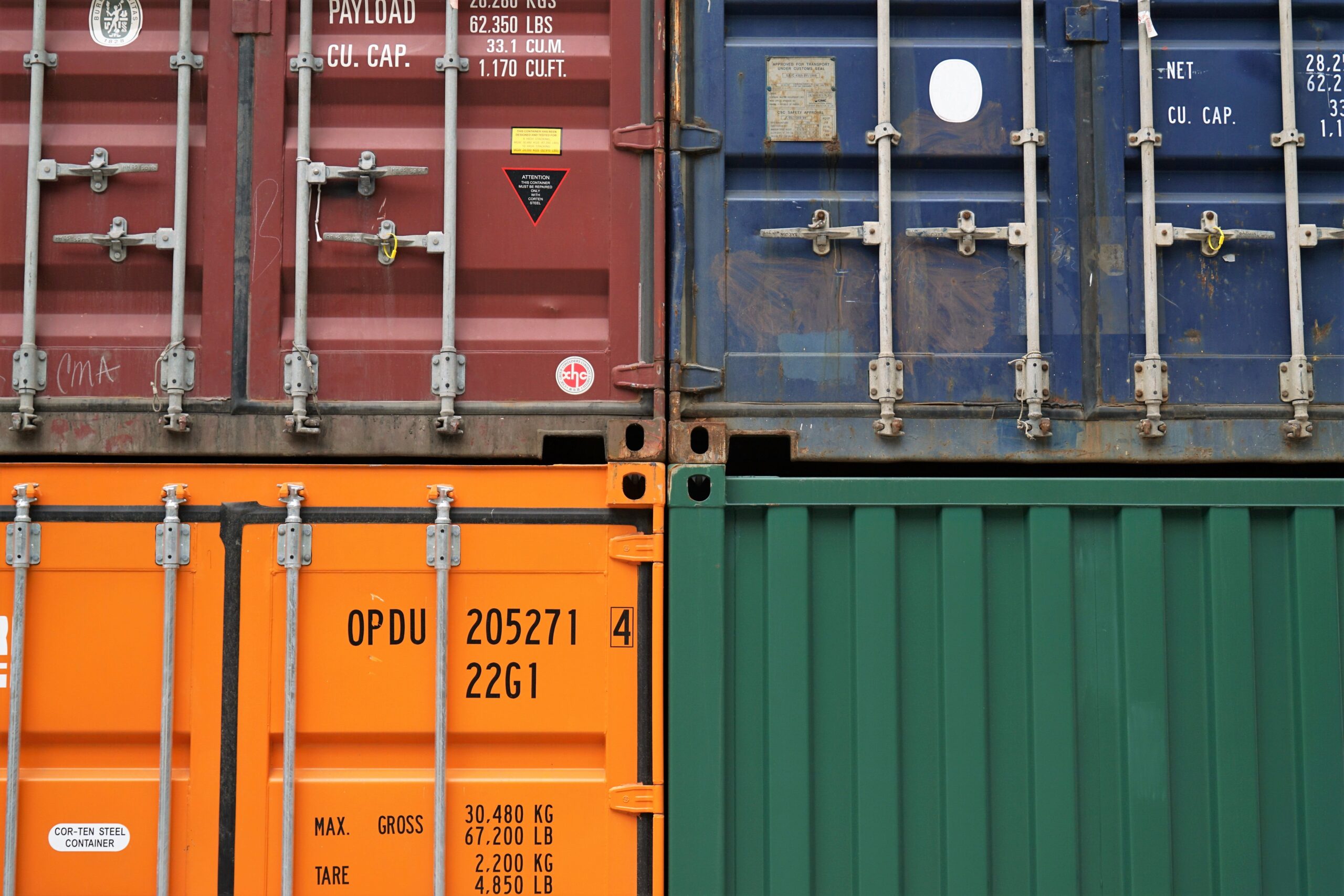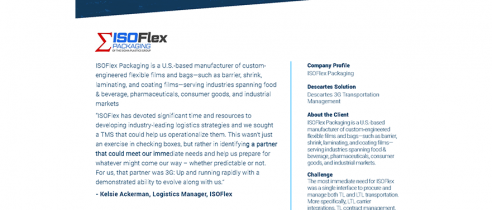Blog
Conquering Supply Chain Uncertainty With the Right TMS

A year into the pandemic, declining caseloads and the vaccine rollout are sparking hope that we’re gaining ground against the virus. However, the future is still uncertain, and positioning your supply chain for success comes with many questions and challenges. We take a look at what you can do to get ahead by setting up flexibility in your transportation operations.

Shippers, brokers, 3PLs, and other LSPs have spent the last year dealing with a wave of changes unleashed by the pandemic, including unpredictable demand, capacity challenges, fluctuating rates, and a quickly evolving regulatory environment. The acceleration of e-commerce has transformed supply chains, with online purchases soaring 44% year-over-year as shoppers order everything from groceries to toothpaste. Businesses have also rushed to reshape their operations to accommodate remote and distributed workers, investing in new technologies to keep workers connected and supply chains running virtually.
So which of these shifts are likely to stay? As businesses prepare for the future, the only certainty is change. In a 2020 survey by The Hackett Group, supply chain executives said greater agility was their top focus as they grappled with the effects of COVID. The pandemic is a reminder that the future remains unpredictable, and shippers need the resilience and flexibility to keep up.
One universal priority that’s likely to grow even more urgent is lowering costs. Businesses everywhere are feeling the pandemic’s economic effects and looking for new efficiencies throughout their supply chains. For shippers and LSPs, a TMS is essential not only for managing supply chain unpredictability, but also uncovering new ways to trim expenses and boost margins.
To achieve these goals, choosing the right TMS matters. A dynamic, connected TMS like 3Gtms can help businesses create more resilient, flexible supply chains prepared to take on the future.
Here’s how 3Gtms can help shippers solve three common challenges in the supply chain.
Increasing Productivity with Existing Resources
What to look for: A TMS that combines workflow and automation to reduce manual tasks.
A 2020 Infosys study found that 85% of supply chains reduced operations during COVID, forcing many businesses to operate with a leaner workforce. As businesses look to rebuild this year, opportunities to maximize worker efficiency are key.
One of the primary benefits of a TMS is reducing the need for manual activities, like calling carriers to quote rates or book loads. A TMS also provides a centralized view into all supply chain activity, saving time and helping teams act more swiftly when disruptions come up.
But for businesses with multiple locations and modes to manage, automation alone isn’t enough. An intuitive and configurable solution like 3Gtms allows logisticians to adjust in real-time, from changes in customer demand to new regulatory rules. Instead of working within a rigid technology, 3Gtms customers can optimize processes with workflows and rules that scale with their needs. The result? Teams that can handle more volume and complexity, without adding more tasks and responsibilities.
Securing Lower Carrier Rates
What to look for: A TMS that offers continuous optimization across different freight modes and carriers.
Are you confident you’re getting the best rates currently available in the market? Basic TMSs and load boards take some of the legwork out of rate shopping, but a modern-day TMS goes a step further.
3Gtms has the industry’s largest carrier network, meaning your TMS can assess more rates in real-time based on market conditions. If better options come in, the platform updates bookings automatically. That not only frees up time for employees, but also drives down costs over time.
Leveraging a Cloud-based Solution that Grows with You
What to look for: A cloud-based TMS that’s easy to install and scale as your business grows.
From the rapid rise in e-commerce to pandemic-related carrier shutdowns, predicting and managing capacity needs has been an ongoing challenge during COVID. Combine that with work-from-home mandates and businesses have struggled to keep up with fulfillment, especially when using on-premise technology platforms.
While it’s hopeful that the pressures of the pandemic will level out, supply chain unpredictability won’t. Shippers and LSPs will need to move their freight with speed and accuracy from anywhere with the power to pivot if conditions change. A Fully Connected solution like 3Gtms can help businesses meet shifting customer demands by allowing them to seamlessly integrate across technology platforms to ensure business continuity and optimization. And when disruptions inevitably crop up, a cloud-based system that selects the best transportation option in real-time can help minimize downtime and extra costs, while keeping your team online even when they can’t be in the office.
Does Your TMS Have What It Takes?
While 2021 may bring more questions than answers for shippers and LSPs, investing in the right solutions can help businesses stay resilient through whatever comes next. 3Gtms provides solutions to help shippers, 3PLs, freight brokers, and other supply chain professionals optimize their transportation programs.
Contact our team to learn how 3Gtms can help put you in control of your supply chain today and for all the tomorrow to come.







